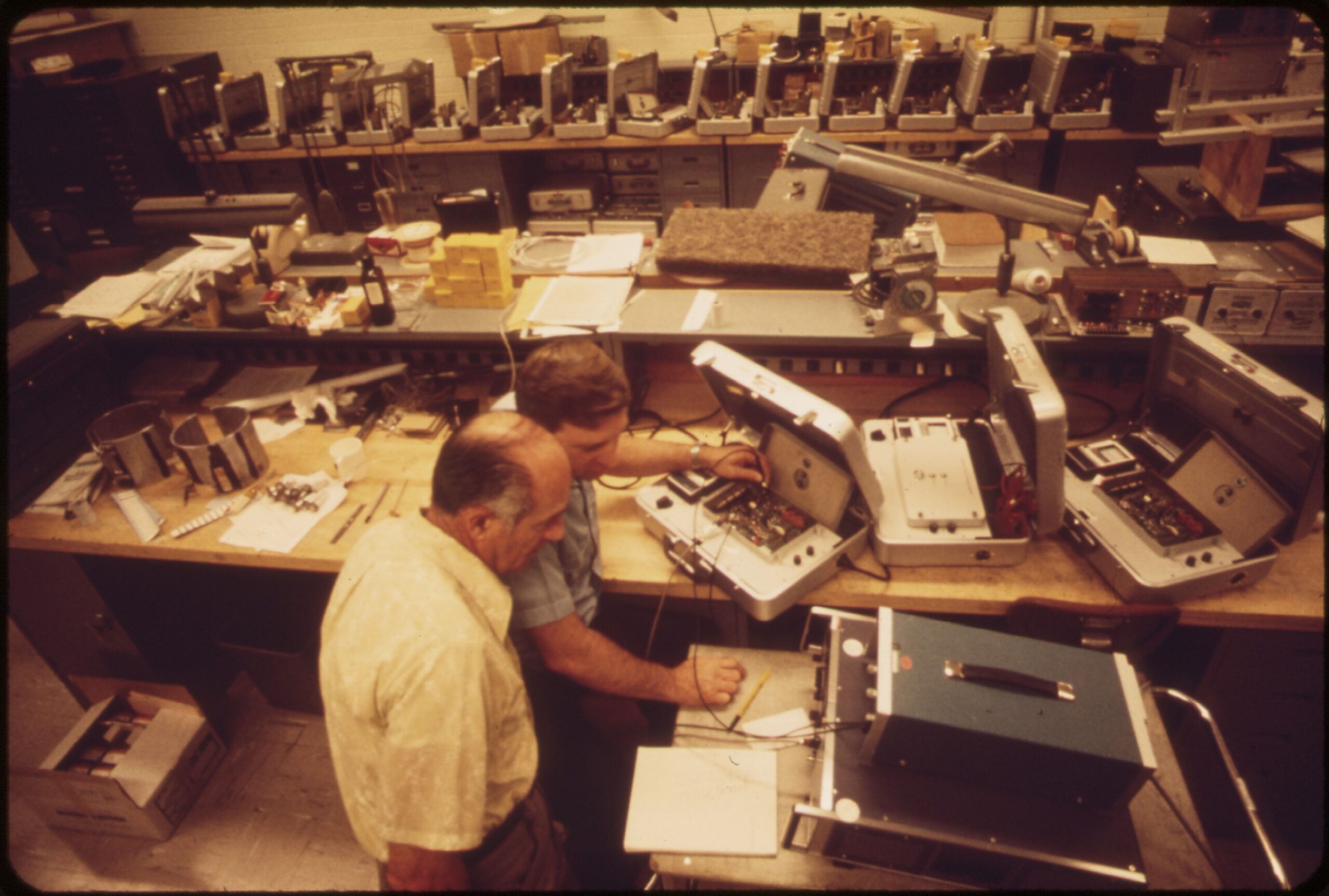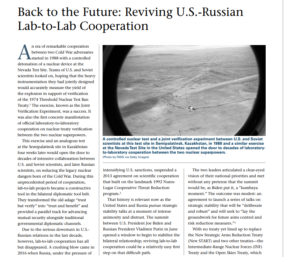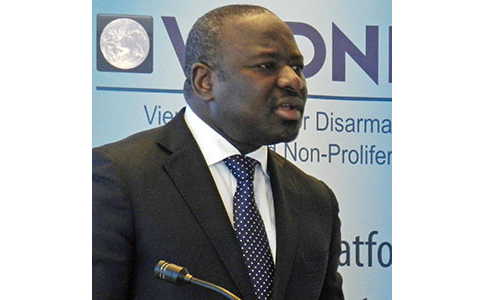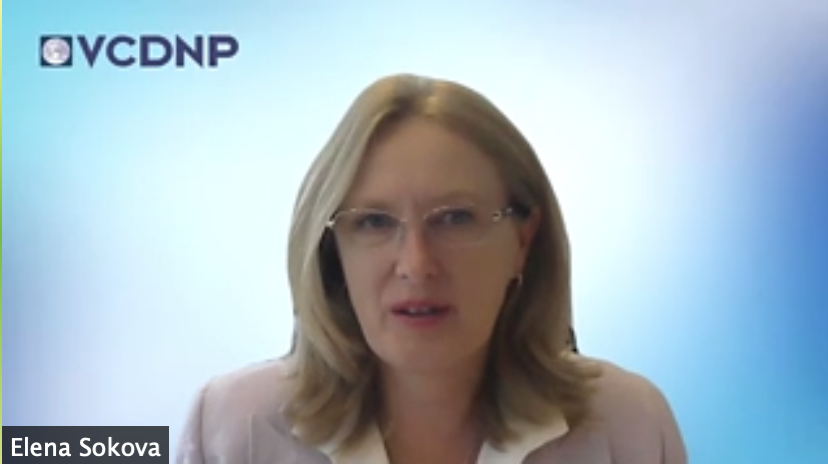
The following is an excerpt from an article by VCDNP Research Associate Noah Mayhew, which was published in Arms Control Today in November 2021.

An era of remarkable cooperation between two Cold War adversaries started in 1988 with a controlled detonation of a nuclear device at the Nevada Test Site. Teams of U.S. and Soviet scientists looked on, hoping that the heavy instrumentation they had jointly designed would accurately measure the yield of the explosion in support of verification of the 1974 Threshold Nuclear Test Ban Treaty. The exercise, known as the Joint Verification Experiment, was a success. It was also the first concrete manifestation of official laboratory-to-laboratory cooperation on nuclear treaty verification between the two nuclear superpowers.
This exercise and an analogous test at the Semipalatinsk site in Kazakhstan four weeks later would open the door to decades of intensive collaboration between U.S. and Soviet scientists, and later Russian scientists, on reducing the legacy nuclear dangers born of the Cold War. During this unprecedented period of cooperation, lab-to-lab projects became a constructive tool in the bilateral diplomatic tool belt. They transformed the old adage “trust but verify” into “trust and benefit” and provided a parallel track for advancing mutual security alongside traditional governmental diplomatic channels.
Due to the serious downturn in U.S.-Russian relations in the last decade, however, lab-to-lab cooperation has all but disappeared. A crushing blow came in 2016 when Russia, under the pressure of intensifying U.S. sanctions, suspended a 2013 agreement on scientific cooperation that built on the landmark 1992 Nunn-Lugar Cooperative Threat Reduction program.
That history is relevant now as the United States and Russia pursue strategic stability talks at a moment of intense animosity and distrust. The summit between U.S. President Joe Biden and Russian President Vladimir Putin in June opened a window to begin to stabilize the bilateral relationship; reviving lab-to-lab cooperation could be a relatively easy first step on that difficult path.
Read the full article
(behind a paywall)


